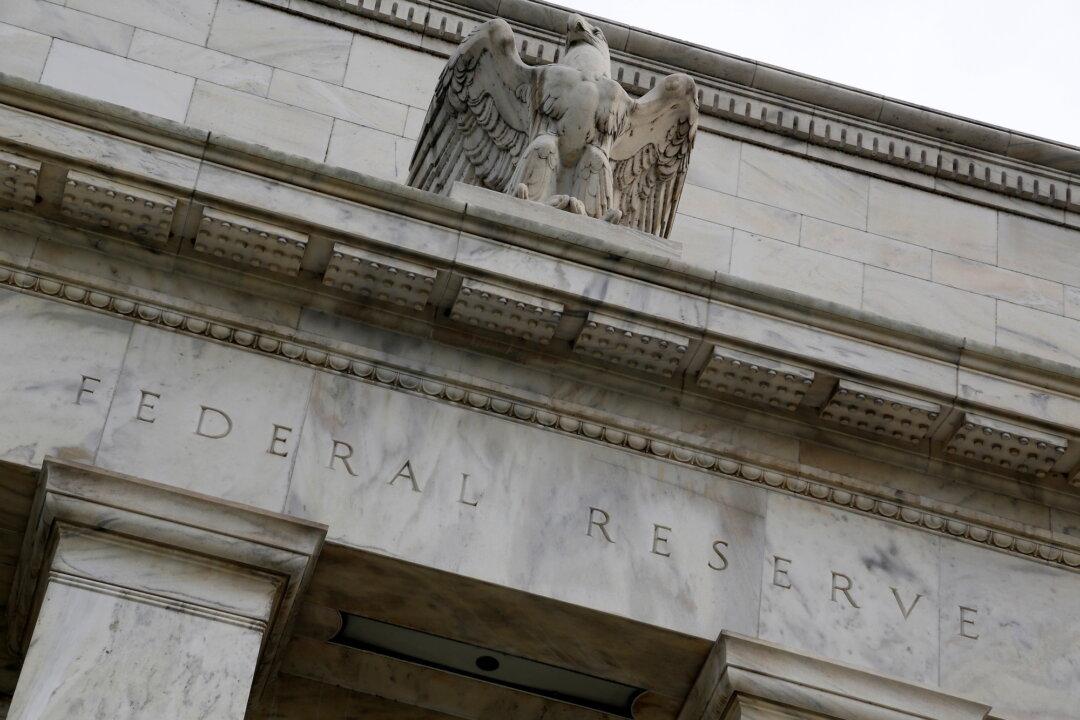Commentary
One of the least controversial predictions I will offer about this year, 2022, is to tell you that March looms on the horizon to repeat itself.

One of the least controversial predictions I will offer about this year, 2022, is to tell you that March looms on the horizon to repeat itself.